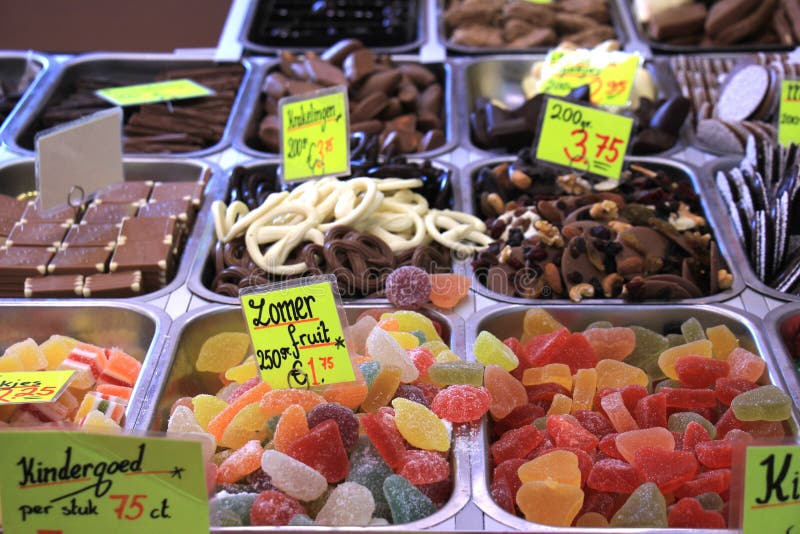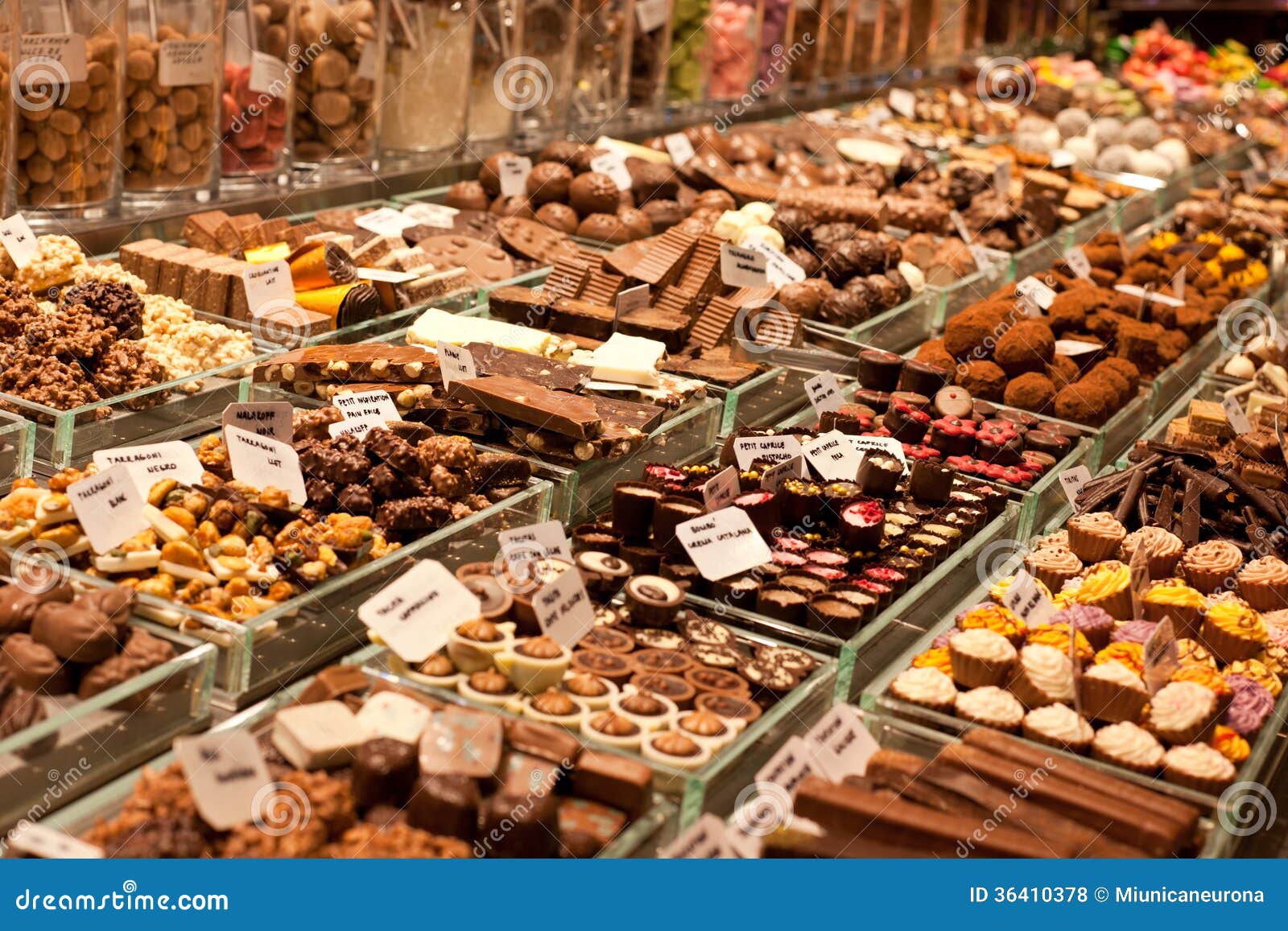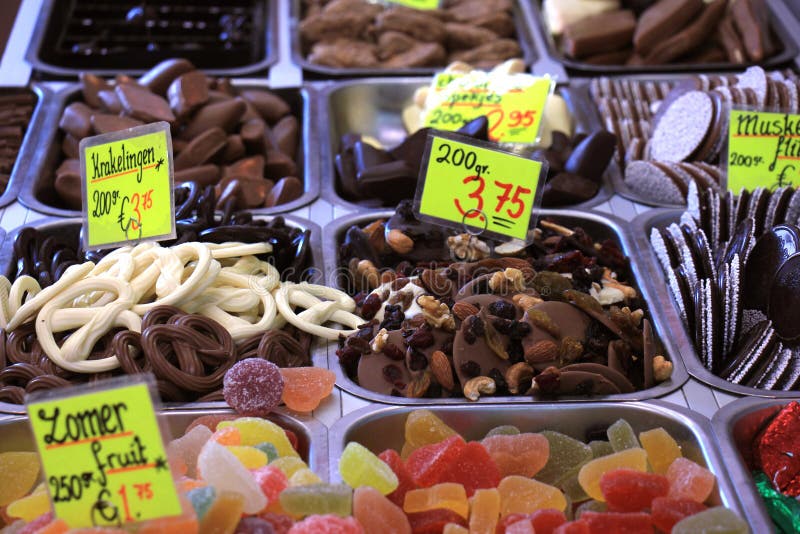India Candy Market: Trends, Analysis & Future Growth In 2024!
Is the allure of a perfectly crafted chocolate bar, a vibrant assortment of candies, or a box of delightful treats truly irresistible? The global confectionery market, fueled by innovation, evolving consumer preferences, and strategic marketing, is experiencing a period of significant expansion and is projected to continue its upward trajectory in the coming years.
The India candy market, a vibrant segment of the broader confectionery landscape, is undergoing a period of dynamic transformation. The market can be dissected through various lenses, offering insights into consumer preferences, distribution channels, and the competitive dynamics at play. Segmentation of the market typically encompasses categories such as candy type, flavor profiles, and sugar content, providing a comprehensive understanding of the industry's intricacies. Moreover, examination of emerging trends is crucial for anticipating future growth drivers and formulating effective strategies.
Within the global marketplace, several prominent players are actively shaping the confectionery narrative. Ferrero International S.A., Mars Incorporated, Mondelz International Inc., Nestl S.A., and The Hershey Company stand out as leading corporations. These companies, each with a rich history and a global footprint, significantly impact market dynamics, influencing product innovation, distribution networks, and consumer choices. Their strategic initiatives and brand portfolios often serve as benchmarks for emerging players and offer valuable insights into the competitive landscape.
Let's delve into the figures. The global chocolate market is projected to reach USD 114.17 billion in 2025, with an anticipated compound annual growth rate (CAGR) of 4.95%, culminating in a value of USD 145.33 billion by the close of 2030. Furthermore, the U.S. candy market, estimated at USD 16.5 billion in 2023, is forecast to grow at a CAGR of 4.9% from 2024 to 2030, signaling sustained expansion within the North American market.
| Aspect | Details |
|---|---|
| Market Focus | Confectionery market, encompassing candies and chocolates globally and specifically within India. |
| Market Segmentation | India Candy Market: By type, by flavor, by sugar content. U.S. Chocolate Market: Market shares by type (dark, milk, white), sales by product type, and sales by holiday season. |
| Key Market Players | Ferrero International S.A., Mars Incorporated, Mondelz International Inc., Nestl S.A., The Hershey Company. |
| Market Size and Growth | Global Chocolate Market: Estimated at USD 119.39 billion in 2023, with a projected CAGR of 4.1% from 2024-2030. Global Market: Projected to reach USD 145.33 billion by 2030. U.S. Candy Market: Estimated at USD 16.5 billion in 2023, expected to grow at 4.9% CAGR from 2024-2030. India Chocolate Market: Expected to reach USD 2.48 billion in 2025, growing at a 7.63% CAGR to USD 3.58 billion by 2030. |
| Historical Data | Historical market size for the chocolate market provided from 2019 through 2024. |
| Forecasts | Forecasts for the chocolate retail market segmented by type from 2025 through 2029. |
| Revenue | Revenue in the chocolate confectionery market amounts to US$24.00 billion in 2025. |
| Specific Sales Data | Chewy candy generated about 4.6 billion U.S. dollars worth of sales in 2021. |
| Regional Focus | Bangladesh: Rise of the middle class leading to increased demand for candy and chocolate, fueled by urbanization and product affordability. |
| Key Trends | Focus on gourmet and artisanal products. Online purchasing and home delivery. Seasonal sales (Valentine's Day, Easter, Halloween, winter holidays). |
| Companies and Brands | Sugarfina, known for transforming childhood candies into adult treats. |
| Retail and Distribution | World Market: Online and in-store (270+ stores). See's Candies: Online store. Target: Chocolate candy at low prices. |
| Additional Notes | Confectioneries are prepared using sugar, honey, and other sweeteners. Special candy moments enhance social connections. |
Reference: Statista
The enduring appeal of candy and chocolate isn't solely about satisfying a sweet tooth; it's deeply intertwined with culture, celebration, and the simple joy of sharing. Special occasions, from Valentine's Day to Easter, Halloween, and the winter holidays, provide prime opportunities for this. These are moments where people connect, sharing gifts of candy, chocolate, gum, and mints, fostering closeness and creating lasting memories. The tradition of gifting and sharing sweets is more than just a transaction; it's a social ritual, an act of generosity, and a symbol of affection. This trend underscores the importance of seasonal marketing and the creation of themed products that resonate with consumers during these special times.
Looking beyond immediate gratification, the health and wellness movement has started to influence the candy landscape. Consumers are increasingly seeking options with lower sugar content, natural ingredients, and ethical sourcing. This shift has spurred innovation in the industry, with companies introducing sugar-free, organic, and vegan candies. The move toward transparency in ingredient sourcing and production processes is crucial. Consumers want to know where their treats come from and how they are made.
The India chocolate market specifically is poised for substantial expansion, with an anticipated reach of USD 2.48 billion in 2025, propelled by a compound annual growth rate (CAGR) of 7.63% to USD 3.58 billion by 2030. This growth reflects the rising disposable incomes, increasing urbanization, and changing consumption patterns that are defining the Indian market. The availability and affordability of confectionery products play a significant role, with a growing middle class fueling this expansion.
Retail strategies have also evolved, with online purchasing and home delivery options gaining prominence. Companies like Sugarfina are capitalizing on this trend by offering unique products tailored to adults, packaged with sophisticated designs and appealing flavor combinations. The presence of local artisan chocolatiers alongside international brands creates a diverse marketplace, offering consumers a range of options from traditional favorites to innovative gourmet treats. Moreover, retailers like World Market and See's Candies leverage both online and in-store presence to cater to consumer preferences, while stores like Target emphasize affordability and accessibility.
The global chocolate market and its segmentation by type, flavor, and sugar content allow companies to fine-tune their strategies. Market shares by the chocolate type (dark, milk, and white) provide insights into consumer preferences, while sales data from various seasons and product types reveal the driving forces of purchasing decisions. Candy sales in the U.S. reflect specific trends and preferences, while the India candy market's growth continues to be shaped by local influences.
The competitive landscape within the chocolate and candy market is complex, with leading companies consistently vying for market share. Factors such as retail sales, brand recognition, and product innovation determine competitive success. Strategic acquisitions, expansions, and partnerships are frequently implemented to bolster market position and extend global reach.
In conclusion, the global confectionery market remains dynamic, driven by evolving consumer demands, technological advancements, and changing distribution channels. The India candy market and its counterparts benefit from emerging trends, including gourmet offerings, online retail, and the influence of special occasions on consumer behavior. The convergence of innovation, health consciousness, and marketing acumen will likely determine the future evolution of this delicious industry.


